News
Transportation & logistics – Working safely in winter conditions
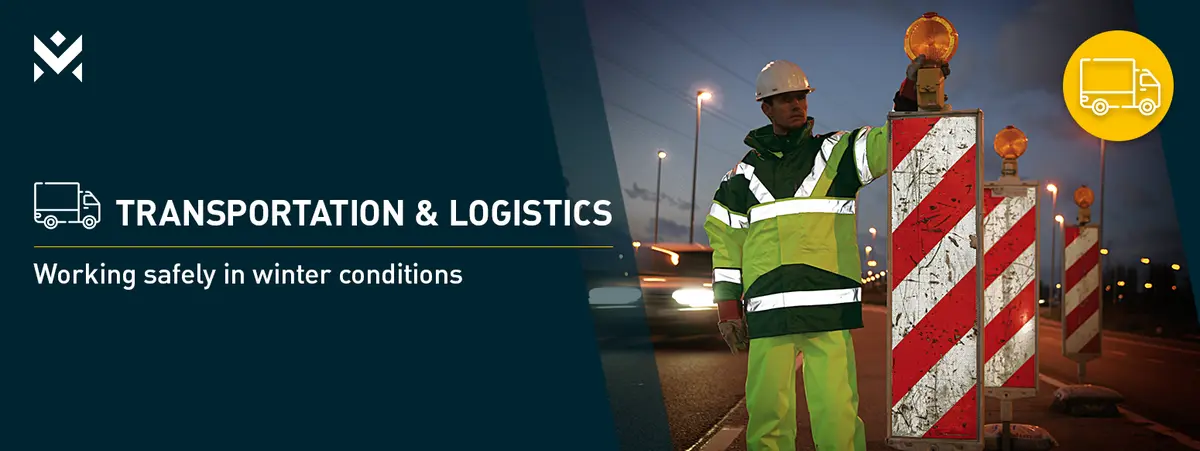
In the transportation and logistics industry, the use of winter-resistant PPE plays a crucial role in ensuring worker safety. Winter conditions, such as low temperatures, dark days, snow and sleet, expose workers to specific risks that require proper PPE. Winter-resistant PPE is essential to protect workers in these types of conditions. Consider lined visibility clothing, thermal gloves and non-slip footwear. These PPE not only reduces the risk of accidents and injuries, but also provides a more comfortable work environment.
The importance of investing in appropriate PPE for winter cannot be underestimated, as it significantly improves employee productivity and safety, even in challenging winter conditions. Therefore, in this blog we will explain to you more about the different hazards (low temperatures, visibility and rain) and important requirements/standards in the transport and logistics sector as well as help you choose the right PPE.
Why protect against cold?
In the transportation and logistics industry, the use of cold-resistant PPE is essential to protect workers from the challenging weather conditions during the winter months. The impact of low temperatures, snow and sleet can pose significant risks to the health and safety of personnel engaged in loading/unloading, transportation and road construction, among others. Cold-resistant PPE, including insulated clothing and thermal gloves, not only provides comfort and protection from the cold, but also promotes productivity.
EN 342 is a European standard that sets specific requirements for protective garments designed against cold conditions, with temperatures of -5°C or below. The standard tests clothing based on A) thermal insulation, B) breathability and C) water resistance. For A and B only, the standard also sets requirements. For C) water resistance, clothing can only be tested, but no requirements are set. Requirements for water resistance are, however, set by EN 343 (standard for protection against rain). You can read more about this later in this blog.
Gloves are also tested for low temperatures, namely according to European standard EN 511 (up to -50°C). The pictogram for this (the same as EN 342) goes along with 3 performance levels: A) convective cold (1-4), B) contact cold (1-4) and C) waterproofness (0 or 1).
Our recommendations
To work safely and comfortably in cold conditions, we would like to recommend some PPE, which are suitable for both outdoor and indoor work (cold stores, warehouses, etc.). For example, if you are looking for a warm and comfortable jacket, take a look at the ones below (all three are EN 342 certified).
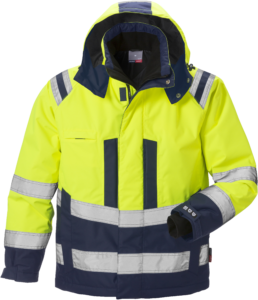 |
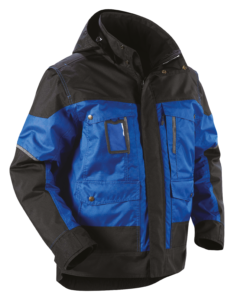 |
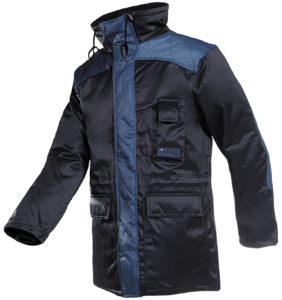 |
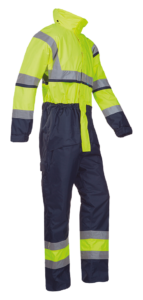 |
| Fristads Airtech 4035 GTT jacket Art. No.: 2.42.682.00 |
Blåkläder 4886 jacket Art. No.: 2.80.187.00 |
Sioen 2123 Vermont jacket Art. No.: 2.42.970.00 |
Sioen 440A Cabin overall Art. No.: 2.62.428.00 |
Good hand protection is obviously not to be missed. Therefore, we recommend the following gloves so that employees can work both safely and securely in low temperatures.
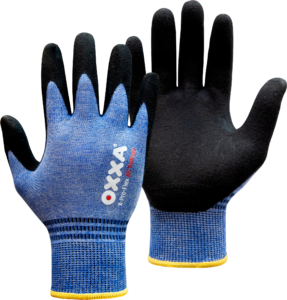 |
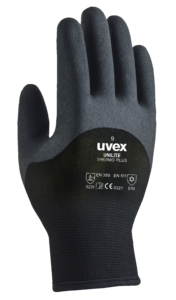 |
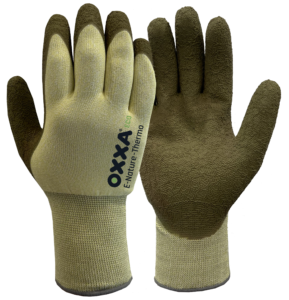 |
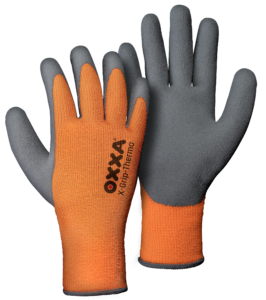 |
| OXXA® X-Pro-Flex All-Season 51-500 glove Art. No.: 1.51.500.00 |
uvex unilite thermo plus glove Art. No.: 1.91.040.00 |
OXXA® E-Nature-Thermo 52-800 glove Art. No.: 1.52.800.00 |
OXXA® X-Grip-Thermo 51-850 glove Art. No.: 1.51.850.00 |
Why visibility clothing?
Limited daylight hours and often adverse weather conditions, such as fog, rain and snow, significantly increase the risk of accidents and incidents in winter. Visibility clothing, equipped with eye-catching reflective elements, therefore plays a crucial role in making workers more visible to vehicles and colleagues. Whether they are logistics personnel, road construction workers or traffic controllers, wearing this visibility clothing contributes to a safer working environment for everyone while performing outdoor work in winter.
Standards: EN ISO 20471
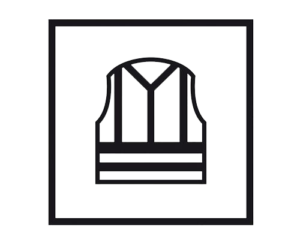 Visibility clothing must be certified according to European standard EN ISO 20471. This standard sets requirements for the fluorescent surface and reflective material on visibility clothing. Based on this, all visibility clothing is classified into 3 classes.
Visibility clothing must be certified according to European standard EN ISO 20471. This standard sets requirements for the fluorescent surface and reflective material on visibility clothing. Based on this, all visibility clothing is classified into 3 classes.
Class 3, the highest class, can be achieved by a single garment or a combination of garments from class 1 and 2 (e.g. jacket and pants). Such a combination must be certified to ensure that all requirements are met.
In addition, the RWS (‘Rijkswaterstaat’) standard may also apply in the Netherlands and is in principle similar in terms of requirements to the EN-ISO 20471 standard. However, Rijkswaterstaat has added a number of additional specifications that focus mainly on the amount of reflective stripes on visibility clothing.
Our recommendations
There are different types of visibility clothing to enhance safety. Choosing the right products always depends on the risks and factors involved. Consider, for example, the type of work, the location, the weather conditions and the amount of light. We would like to recommend the products below (all class 3 classified) from our wide range of visibility clothing, including jackets, pants and overalls.
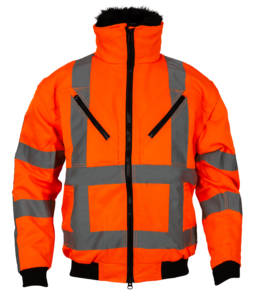 |
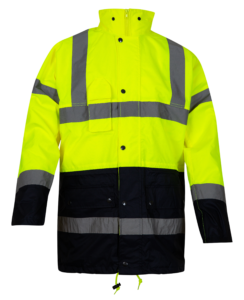 |
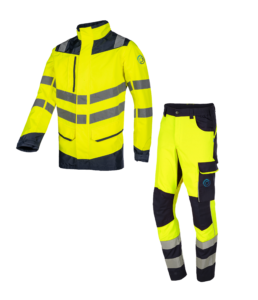 |
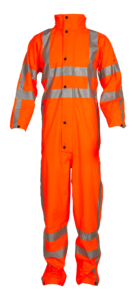 |
| OXXA® Aka 0966 pilot jacket RWS Art. No.: 2.60.966.00 |
OXXA® Alberto 0980 parka Art. No.: 2.60.980.00 |
Sioen 682A Birkum raincoat & 083V Turup pants Art. No.: 2.60.530.00 & 2.30.860.00 |
OXXA® Alistair 5707 overall RWS Art. No.: 2.45.707.00 |
We also have various garments for traffic controllers so that they too are highly visible. For example, the class 3 certified OXXA Ana parka. Need something with high visibility to put on over your current clothing? Then check out the OXXA Amelia vest; specifically made according to the applicable rules for traffic controllers.
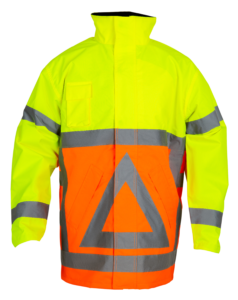 |
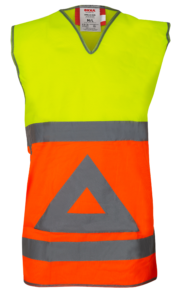 |
| OXXA® Ana 0925 parka Art. No.: 2.60.925.00 |
OXXA® Amelia 0125 traffic controller vest Art. No.: 2.60.125.00 |
For staff who spend a lot of time in the car or truck and only spend short periods outside, we also have very comfortable and breathable visibility clothing. Perfect for longer periods behind the wheel with still class 3 certified visibility!
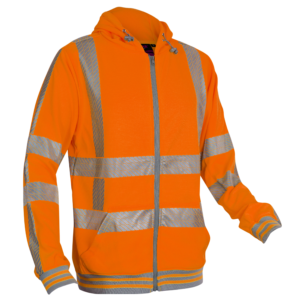 |
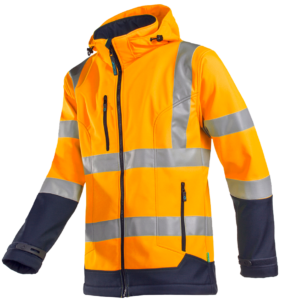 |
| OXXA® X-Viz-Cap 6230 hooded sweater RWS Art. No.: 2.76.231.00 |
Sioen 9933 Fuller softshell jacket Art. No.: 2.51.117.00 |
Why protect against rain?
In the Netherlands, we cannot avoid the rain. Especially in the winter and autumn months, a significant proportion of employees from the logistics and transport sector work outdoors. Earlier we looked at the visibility of rainwear, but of course staying dry during longer periods of rain is also very important. The right clothing and (hand) shoes are essential for working safely and comfortably in these conditions.
Standards: EN 343 and safety classes
 Clothing can also be tested for water resistance, namely according to European standard EN 343. This standard tests for two properties, namely X: water penetration (waterproofness) and Y: water vapor resistance (breathability). Here, class 4 is the highest classification for both. Optional testing can also be done using the rain tower test. This is indicated by the R class (an X means that this has not been tested for).
Clothing can also be tested for water resistance, namely according to European standard EN 343. This standard tests for two properties, namely X: water penetration (waterproofness) and Y: water vapor resistance (breathability). Here, class 4 is the highest classification for both. Optional testing can also be done using the rain tower test. This is indicated by the R class (an X means that this has not been tested for).
In addition to clothing, it is also important that shoes be waterproof. Work shoes have different safety classes; the most common being S1, S2, S3 and S7 (new). These classes indicate, among other things, whether a shoe is waterproof. Class S2 and S3 shoes, for example, are water-resistant against splashing water for at least 60 minutes. If employees work in a really wet environment, protection against splashing water is sometimes insufficient. Then you need waterproof shoes, which fall under safety class S7, or boots.
Our recommendations
To work dry as well as comfortable in wet conditions, we recommend clothing certified to the EN 343 standard. The following garments provide very good protection against water penetration and are therefore ideal for use in heavy rain.
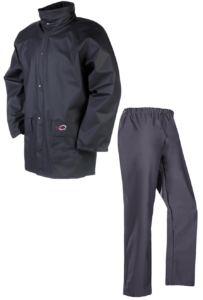 |
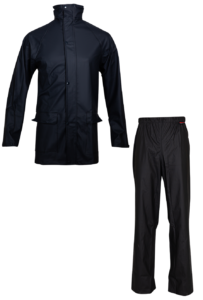 |
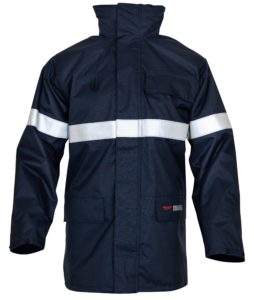 |
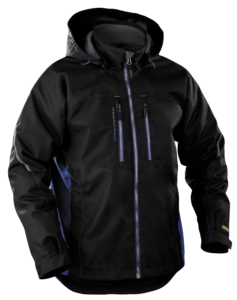 |
| Sioen 4820 Dortmund jacket & 4500 Rotterdam pants Art. No.: 2.42.360.00 & 2.43.360.00 |
OXXA® Walaka 5200 jacket & Warwick 5300 pants Art. No.: 2.45.200.00 & 2.45.300.00 |
OXXA® Maka 2665 parka Art. No.: 2.42.665.00 |
Blåkläder 4890 jacket Art. No.: 2.80.192.00 |
Cold temperatures and rain also affect the type of safety shoes you should wear. In addition to the previously mentioned waterproof feature, a shoe with non-slip resistance gives you extra protection in slippery conditions due to rain, snow or sleet. Therefore, we recommend the following S3 rated safety shoes.
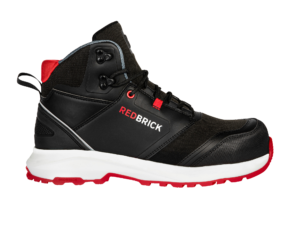 |
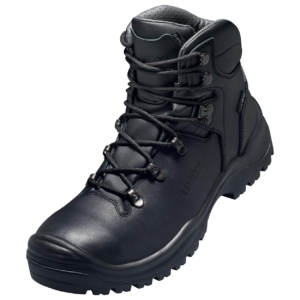 |
| Redbrick Pulse High safety shoes S3 Art. No.: 5.14.355.00 |
uvex quatro STX 8407/2 safety shoes S3 Art. No.: 5.12.146.00 |
On the other hand, do you come into contact with water for long periods of time? Then choose the following S3, S5 or S7 certified safety boots.
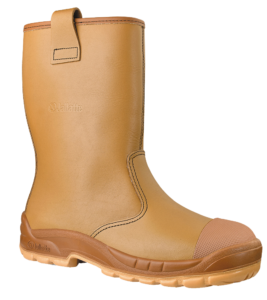 |
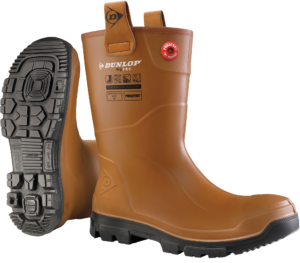 |
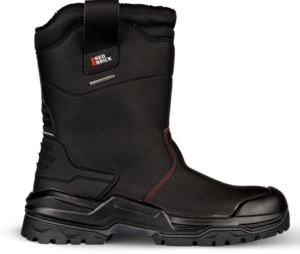 |
| Jallatte Jalartic CAP safety boot S3 Art. No.: 5.76.055.00 |
Dunlop Purofort RigPRO full safety fur lining safety boot S5 Art. No.: 5.54.256.00 |
Redbrick Pulse Boot Black + Wool S7S Art. No.: 5.14.391.00 |
Finally, waterproof gloves should not be missing. Below is a selection from our space range of waterproof (lined) gloves, to be used when working in wet conditions.
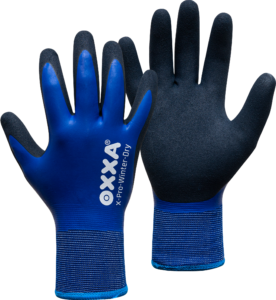 |
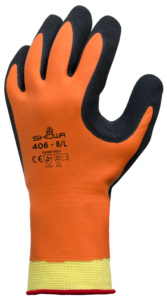 |
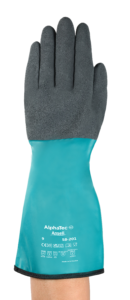 |
| OXXA® X-Pro-Winter-Dry 51-870 glove Art. No.: 1.51.870.00 |
Showa 406 glove Art. No.: 1.11.557.00 |
Ansell AlphaTec 58-201 glove Art. No.: 1.90.398.00 |
Need help?
Want advice or additional information on the right products when working in winter conditions? Contact us today on T. +31 (0)181 47 50 00. Our enthusiastic team will be happy to tell you more!
